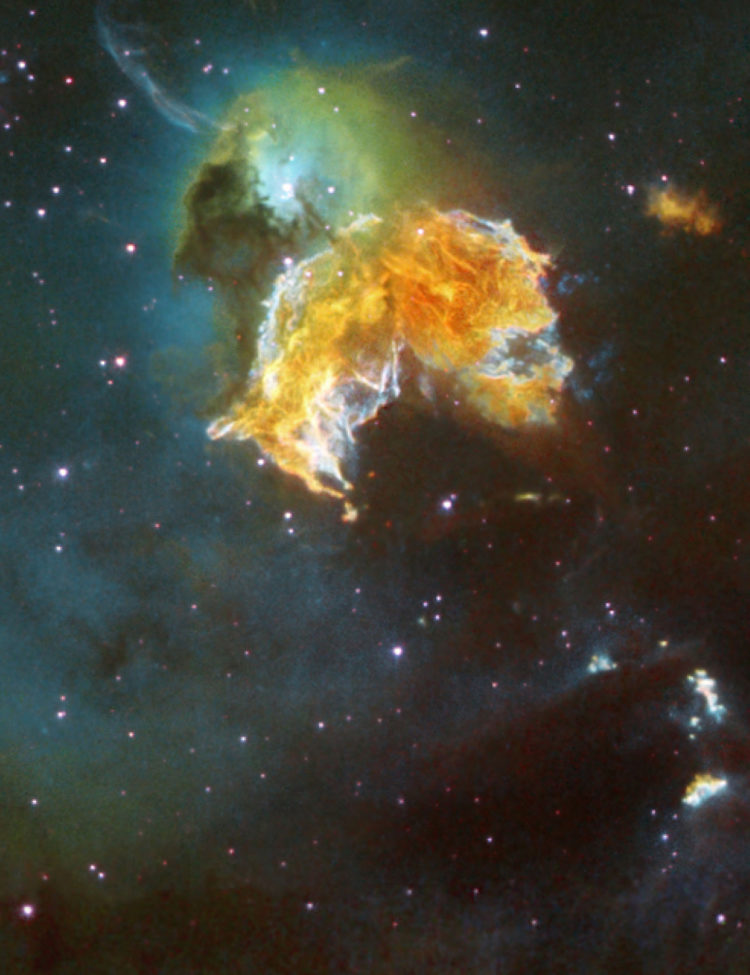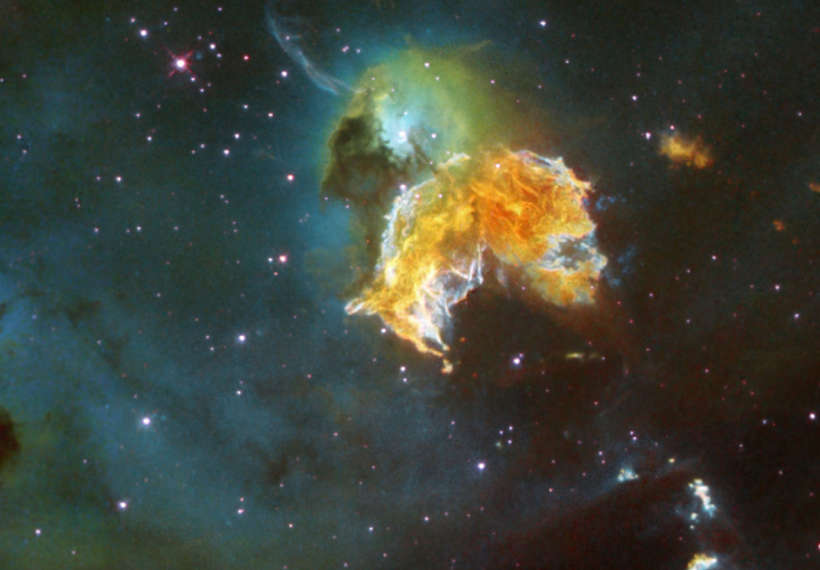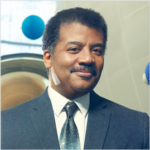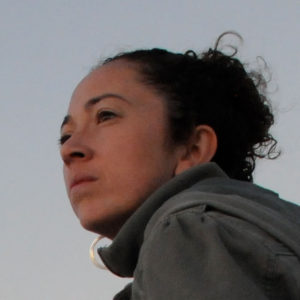About This Episode
Are we really made of stardust? On this episode, Neil deGrasse Tyson and comic co-host Negin Farsad explore questions from our patrons on the life – and death – of stars with astrophysicist Jackie Faherty, PhD.
We start with questions from our patrons: how do we know how stars are born? What do we know – and don’t know – about the stars in our galaxy? Discover what happens to the planets in a solar system after a star dies. Which planets would survive in our solar system when our own sun starts its death sequence? We talk all things white dwarfs, brown dwarfs, and neutron stars. Are we really all stardust? We break down the astronomer’s periodic table and what all the elements on the periodic table really come from.
Is a star becoming a black hole just star death or really star evolution? If Jupiter is considered a failed star, are stars just failed blackholes? You’ll learn about brown dwarfs and what it takes to be categorized as a star. How many stars eventually go supernova? How long does a star’s death sequence take? Are there such things as “zombie” stars? We discuss the death of our own star, the different phases of a star’s lifetime, and a scenario where one larger star might feed off another.
You’ll also discover why previously uninhabitable planets may become inhabitable during a star’s death phase. What would happen if you could theoretically split a star in half? Or if one star hit another star? What would happen if the star nearest to our solar system went supernova? What would it look like? Are more distant stars bigger and do they have shorter lives? Plus, find out why we probably don’t want to live on a planet neighboring a supergiant star on another StarTalk Cosmic Queries!
Thanks to our Patrons The Warzone12, 1x4x9, Michael Borger, Michael Meyn, Hieu Trinh, Vegard Gjertsen, Gavin Dhillon, Xavier Sims, Ram Kumar, and Rhys Smith for supporting us this week.
NOTE: StarTalk+ Patrons can watch or listen to this entire episode commercial-free.
About the prints that flank Neil in this video:
“Black Swan” & “White Swan” limited edition serigraph prints by Coast Salish artist Jane Kwatleematt Marston. For more information about this artist and her work, visit Inuit Gallery of Vancouver.




 Unlock with Patreon
Unlock with Patreon


 Become a Patron
Become a Patron